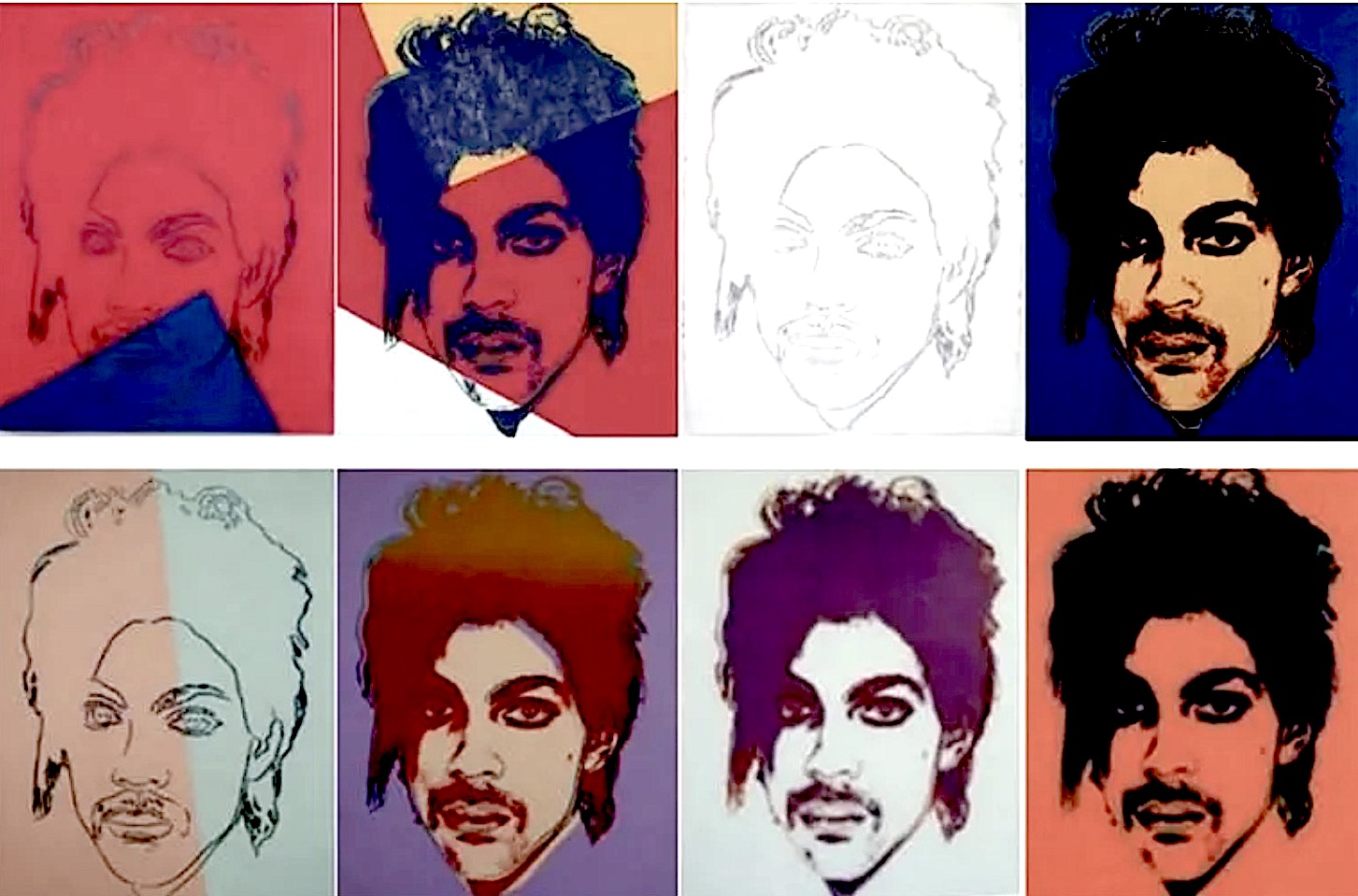The legal saga surrounding Andy Warhol’s “Prince Series” and its use of the photographer Lynn Goldsmith’s image has reached a pivotal juncture. A year after the U.S. Supreme Court handed down its decision siding with the Photographer, the Andy Warhol Foundation for the Visual Arts has agreed to pay a $21,000 settlement to end the dispute. The breakdown of the settlement includes $10,250 to cover the 2016 license, with the remainder to go towards Goldsmith for her legal fees, court documents show. This ruling has stirred much debate within the art world about the boundaries of fair use, copyright infringement, and the intersection of art and commerce.
Andy Warhol, renowned for his groundbreaking contributions to pop art, created the “Prince Series” in the 1980s, featuring various portraits of the musician Prince. One of these portraits, based on a photograph taken by Lynn Goldsmith, became the focal point of a legal dispute between the Andy Warhol Foundation (AWF) and Goldsmith.
The crux of the issue lies in Warhol’s transformation of Goldsmith’s photograph into a distinct work of art. The AWF has long argued that Warhol’s adaptation constitutes fair use, a legal doctrine that permits using copyrighted material under certain circumstances, such as for commentary, criticism, or transformative purposes. However, Goldsmith contended that Warhol’s artwork infringed on her copyright because it retained the essential elements of her original photograph and served the same commercial purpose.
In its recent ruling, the U.S. Supreme Court sided with Goldsmith, determining that Warhol’s use of her photograph did not meet the criteria for fair use. The Court’s decision underscored the importance of considering the commercial nature of the use and the extent to which the original work was transformed. The Court upheld Goldsmith’s copyright by finding that Warhol’s adaptation retained the commercial purpose of Goldsmith’s photograph without sufficient transformative elements.
However, the Court’s ruling did not clarify whether the decision applied to the entire “Prince Series” or only to the specific portrait used in a Vanity Fair magazine article based on Goldsmith’s photograph. This ambiguity left room for interpretation and potential future legal challenges regarding the remaining works in the series.
In response to the ruling, the Andy Warhol Foundation reiterated that the original “Prince Series” creation constituted fair use. Despite the setback, the foundation maintained its belief in the transformative nature of Warhol’s artwork and its contribution to artistic expression.
Conversely, Goldsmith chose not to pursue further legal action regarding the remaining pieces of the “Prince Series” due to the statute of limitations. This decision effectively ended the legal dispute between Goldsmith and the Andy Warhol Foundation over the use of her photograph.
The resolution of this case has broader implications for the art world, raising questions about the balance between artistic freedom and copyright protection. As artists continue to draw inspiration from existing works and incorporate them into new creations, the boundaries of fair use and transformative use will remain subjects of debate and legal scrutiny.
Ultimately, the Warhol-Goldsmith case is a cautionary tale for artists, creators, and copyright holders. It highlights the complexities and nuances of intellectual property law in the digital age. It underscores the importance of understanding and respecting copyright laws while fostering creativity and innovation in the arts.
Top Photo: Andy Warhol’s 1984 Prince series Supreme Court of the United States
That’s All Folks!

